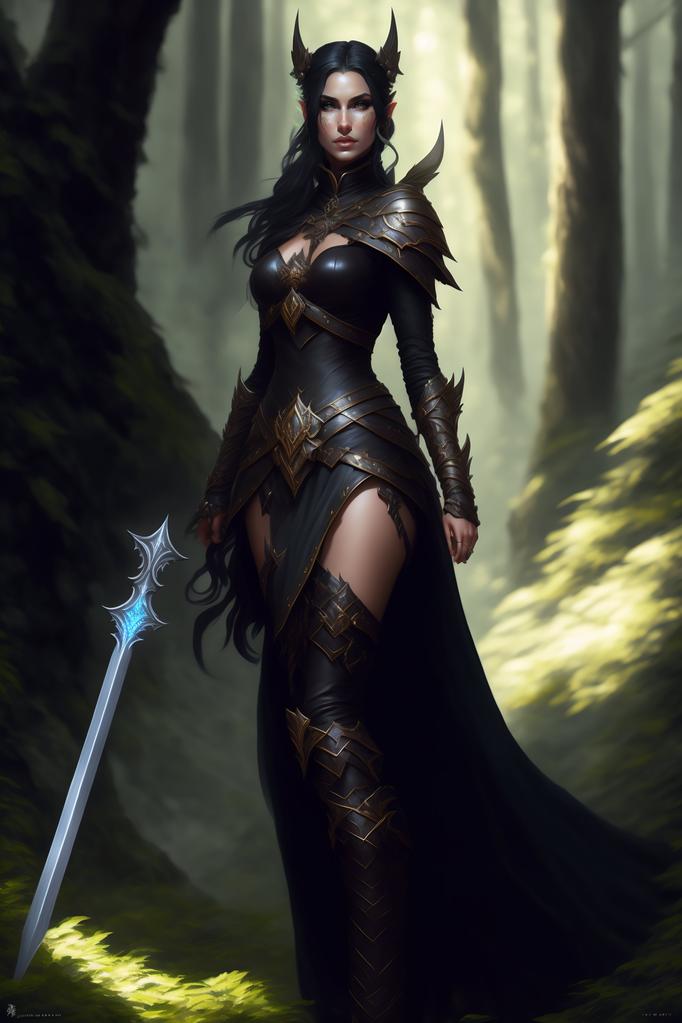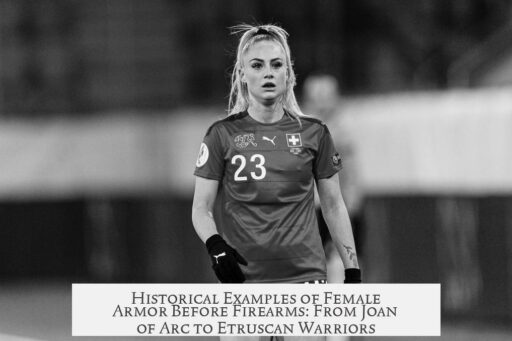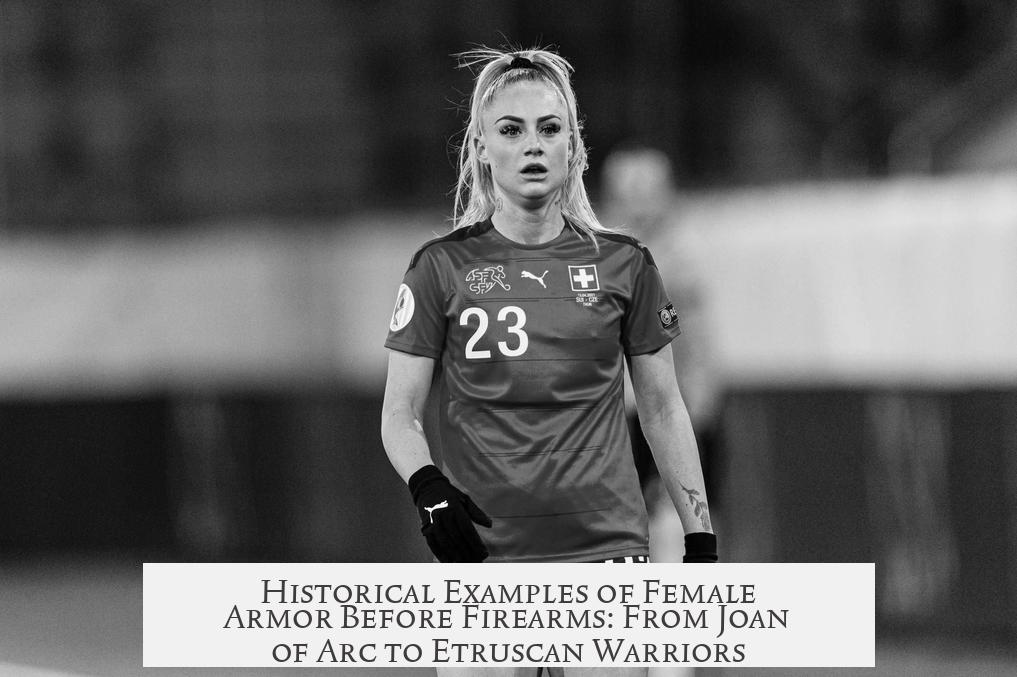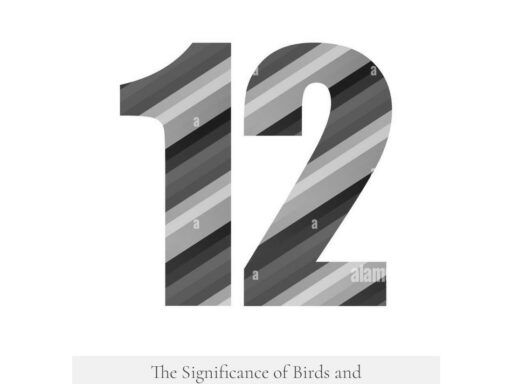Historical examples of female armor before the widespread use of firearms mostly show women wearing the same armor as men, without specialized designs for their gender. Armor was generally unisex, designed to fit the wearer’s body rather than to accommodate gender-specific features. Notable women warriors often appeared in standard armor, differing mainly by clothing or artistic depiction rather than the armor itself.

One prominent example is Joan of Arc, widely depicted in 15th-century illuminations wearing full armor suitable for combat. Various miniatures from that era show her mounted and commanding troops in typical knightly plate armor. Similarly, Isabella of France appears in armor in period artworks, often alongside her ladies-in-waiting, emphasizing her noble warrior role while not showing distinctively female armor.
In Japan, the Onna-bugeisha were female samurai warriors. These women usually wore the same armor as their male counterparts or even just traditional clothes without armor. Tomoe Gozen, a famed Onna-bugeisha, is described as wearing strong armor and wielding large weapons, illustrating that female warriors adopted standard armor rather than specialized versions.

An archaeological example involves the Etruscans, where a warrior burial initially labeled as a “prince” was later identified as a female. This shows evidence of armored female warriors in ancient times, reinforcing that women sometimes fought in traditional male armor sets.
| Historical Figure | Armor Style | Period | Notes |
|---|---|---|---|
| Joan of Arc | Standard knightly armor | 15th century | Depicted in multiple illuminations; wore typical armor |
| Isabella of France | Standard armor with dress | 14th-15th century | Shown in armor and dress in illuminations |
| Tomoe Gozen | Samurai armor | Late 12th century | Wore strong armor typical for samurai warriors |
| Etruscan Warrior (Female) | Ancient armor | Approx. 6th century BCE | Archaeological find of female warrior burial |
There is no historical evidence supporting armor types like “boobplates” or chainmail bikinis. These ideas are modern myths and disconnected from verified history. Armor prioritized protection and function, fitting both males and females.

- Women wore unisex armor suited to their roles.
- Joan of Arc and Isabella of France appear in traditional armor in art.
- Japanese female samurai wore conventional armor.
- Archaeology confirms ancient female warriors in armor.
- No historical basis for sexualized armor designs.
Images supporting these facts can be found on Wikimedia Commons and history archives illustrating Joan of Arc’s and Isabella of France’s armor.
Historical Examples of Female Armor Before Firearms: Beyond the Myth of the Chainmail Bikini

Are there any historical examples of female armor before the widespread use of firearms? Yes. But here’s the catch: women *usually* wore the very same armor as men did. The idea of specially tailored “female armor” with exaggerated curves or protective bikinis? That’s a modern fantasy, not history.
Let’s unravel what history really says about women in armor, focusing on genuine examples and depictions from medieval Europe to feudal Japan and ancient Etruria.

Armor Worn Equally by Men and Women
Throughout history, armor was largely unisex in design. If a woman took up arms, she put on the armor made to fit her body size, just like any male soldier. The differences came mainly from accompanying garments or visual cues—like wearing skirts over armored legs—to signal femininity in artwork.

“Women wore the same armour that men did. They are depicted below in skirts to differentiate them from the males around them.”
This uniformity makes sense. Armor’s primary goal was protection, not fashion statements. Custom “boobplates,” often mocked today, were never a practical or common feature.

Joan of Arc: The Iconic Female Warrior in Full Armor
If you think of one woman in armor, Joan of Arc instantly springs to mind. The 15th-century French heroine and military leader is almost always depicted wearing classical armor suitable for battlefield conditions.
- 15th Century Miniature of Joan of Arc
- 1485 Interpretation
- 1505 Illumination Showing Joan on Horseback
She wore armor that looked *identical* to her male counterparts, offering protection to face, chest, arms, and legs. The artistic miniatures showcase Joan ready for battle, emphasizing her strength, not her gender.
Isabella of France: A Queen in Armor?
Stories and illuminations suggest Isabella of France might have been depicted wearing armor alongside her ladies. While exact images are scarce and debated among historians, there is at least one 15th-century illumination purporting to show Isabella with armor.
The image stands as symbolic proof that armored women were not just warriors but also politically powerful figures involved in warfare or leadership roles associated with military authority.
Tomoe Gozen and the Female Samurai Tradition
Moving east, the Japanese Onna-bugeisha were female samurai warriors skilled in battle. Tomoe Gozen, one of the most famous, confidently donned “strong armor” as chronicled in the Tale of the Heike.
“Equipped with strong armor, an oversized sword, and a mighty bow; she performed more deeds of valor than any of his other warriors.”
These women either wore the same armor style as male samurai or sometimes opted for lighter protection, depending on the era and battlefield needs. No frills, just practical gear to match their deadly skills.
Etruscan Female Warrior Burial: Archaeological Evidence
Burial sites can speak volumes. The grave of an Etruscan princess uncovered in Italy suggests she might have been a warrior. The grave goods included weapons typical of a soldier, pointing to her possible role as a combatant.
Read more about this fascinating discovery here: Etruscan Warrior Prince is a Princess.
This find strikes a chord with the theory that women sometimes held warrior status, equipped with the weapons and possibly armor of their time.
The Myth of Female “Specialized” Armor Debunked
Ever see fantasy art or film showing women in dazzling boobplates or chainmail bikinis? Real armor was far from that. History tells us armor was pragmatic. Comfort, mobility, and protection shaped designs—gender stereotypes did not.
“If you’re looking for historical examples of something along the lines of boobplate or the chainmail bikini, you’re going to be disappointed. Armour was fairly unisex – so long as it fit, it was worn.”
In short, elaborate “female” armor is mostly a product of pop culture, not fact.
Why Does This Matter Today?
Understanding this clears misconceptions that women warriors were rare or didn’t seriously participate in warfare. In reality, females equipped with standard armor fought alongside men, whether in Europe, Asia, or elsewhere.
This means when imagining female warriors, picture Joan of Arc’s solid plate armor or Tomoe Gozen’s battle gear—not something shaped for looks, but for survival.
Final Thoughts
Female armor before firearms? Certainly. But the armor itself wasn’t distinctively feminine. Women wore what fit and protected. Historical figures like Joan of Arc, Isabella of France (possibly), and Tomoe Gozen show female warriors in strong, effective armor. Archaeological evidence like the Etruscan princess burial supports this too.
So next time you see a picture of a “chainmail bikini” warrior, you can confidently shrug and say, “That’s not history. That’s fantasy.”
Curious about these armored women? Check out the linked images to explore how history depicted them. It’s an armor story of equality, pragmatism, and courage—without the shiny, impractical bling.




